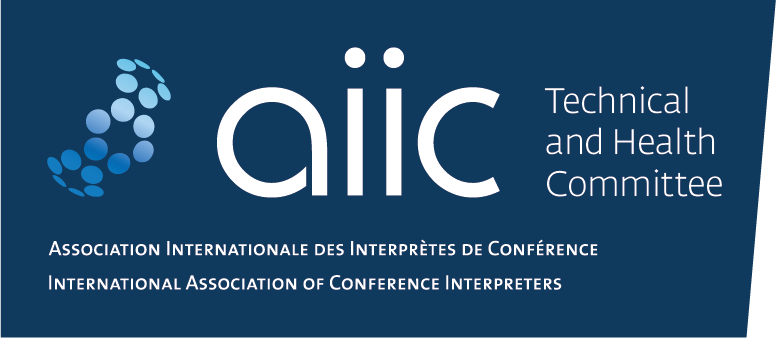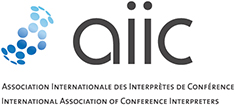Web - WLD - AIIC News

AIIC News

In 2020, in the early days of the Covid 19 pandemic, as the number of interpreted online events increased exponentially, AIIC’s Technical and Health Committee (THC) conducted a limited study of headsets in response to requests for guidance from multiple stakeholders. This study was based on the best understanding available at the time and was intended as the first in a series of planned guidance documents on ISO compliant audio-visual peripherals to be used in conjunction with desktop or laptop computers in an interpreted event.
Rapid evolution and further requests from institutions in the intervening years have rendered an update necessary. In this latest test, AIIC has taken into account new knowledge and better understanding of the main factors leading to a degradation of audio quality in the videoconferencing setting acquired in the interim, including the concept of “toxic sound” and its effects on auditory health.
A statistically relevant sample comprising over 70 different microphones was chosen for testing following recommendations from AIIC’s internal bodies and a survey conducted on social media, and also included devices selected and recommended by employers. The final list reflected the broad range of products currently available on the market. It did not, however, include Bluetooth and inbuilt computer microphones as a category, since it has been widely established that they are unfit to produce acceptable audio quality for distance interpreting.
A robust test protocol was designed, looking at manufacturer specifications and comprising, on the one hand, frequency scans and wave envelope assessment and, on the other, psychoacoustic tests. The latter involved randomised, intersubjective blind assessment by a panel of expert listeners and were developed on the basis of the expert-listener test concept approved and applied by the International Telecommunication Union (ITU) for its audio codec quality tests (MUSHRA tests).
The results for the full list of devices included in the study are set out in this chart.
Based on the results of this test, as set out in the chart, the only category of microphones that AIIC would now recommend for interpreted events is that of USB podcasting microphones with a single pick-up pattern that is either cardioid or super-cardioid. None of the consumer-grade headsets with boom microphones included in the test passed. Given the statistical relevance of this part of the test, consumer-grade headsets with boom microphones are therefore not to be recommended for use during online and hybrid interpreted events. The only two to pass were custom-made interpreting headsets not readily available on the market. Since only a limited number of lapel and gooseneck microphones could be tested, and no clear-cut trends emerged, lapel and gooseneck microphones should therefore be considered on a case-by-case basis.
AIIC would like to thank the EPO and SCIC for providing the microphones, headsets and headphones used in the testing.

